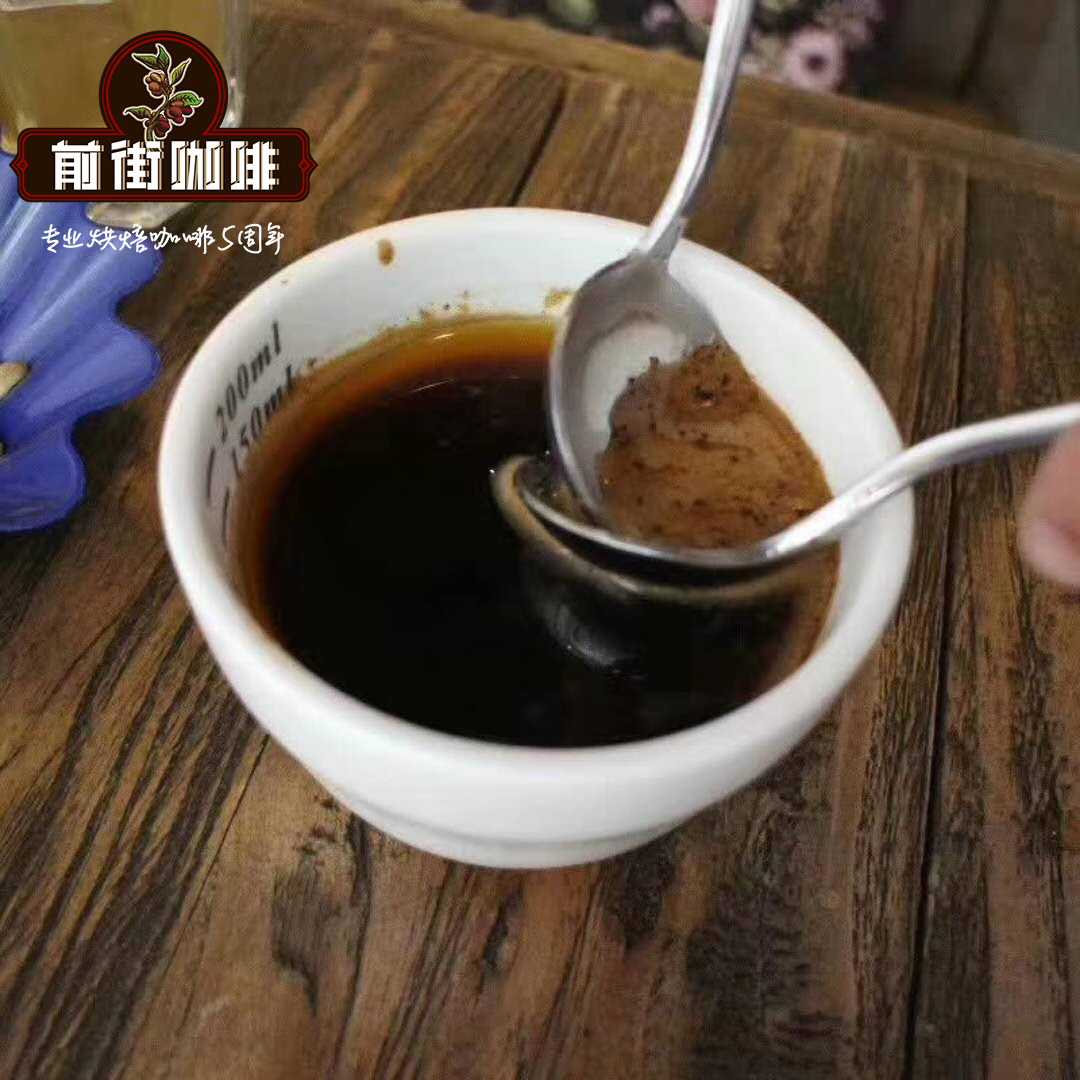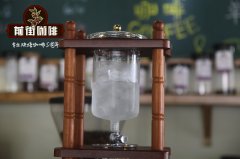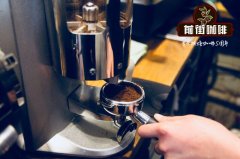Coffee cup testing standard and process | Japanese SCAJ coffee cup testing process and scoring focus

"Cup test" can stably control the flavor of each cup of coffee.
The cup test record is closer to the practice of "professionals".
The goal of taste control is to feel good yourself? Match the preferences of the target customers in the store? Or is it to focus on popular taste? In fact, you just have to decide the direction of the taste according to your own ideas, and try to get close to that taste.
Before deciding on the taste, constantly changing the conditions for repeated extraction can also hone your skills and train your sense of taste. At this stage, the most important thing is to leave a cup test record.
When drinking coffee by hand, if you only feel "a little sour", "astringent" and so on, your coffee extraction technology will not improve.
The cup test is the last checkpoint for the taste of coffee. According to the taste of the cup test, review the advantages and disadvantages of extraction under each condition (what you care about), and objectively test which elements of the next extraction should be changed in order to get closer and closer to your ideal taste.
There are several ways to measure the cup. the following is the Japanese Fine Coffee Association (SCAJ) cup test without using extraction tools, and the Baja Cafe Cup test using extraction tools to compare the actual extract.
The Cup Measurement method of Japanese Fine Coffee Association (SCAJ)
Behind the cup test, there are a variety of historical backgrounds, the mainstream in the past is the Brazilian cup test, to find out the shortcomings of coffee beans deduction points, belongs to the negative cup test. Later, with the appearance of boutique coffee, there were more and more high-quality coffee beans, so the cup test naturally became a positive cup test to find out the advantages.
Different countries and cultures have different tendencies to evaluate taste. Europe and the United States tend to pursue "aroma", while Japan tends to pursue "taste". Here is the SCAJ cup test method adopted by the Japanese Fine Coffee Association.
This cup measurement method lacks the bitterness evaluation that has a profound impact on the taste of coffee, and appears to be somewhat imperfect.
Cup testing process:
Prepare items for cup testing: cup test bowl containing coffee powder made from baked beans (10 grams), cup test spoon, glass containing water for washing spoons, cup for discarding coffee liquid, hot water.
Grind coffee and smell the aroma of coffee powder (dry aroma) before hot water is injected.
Pour 180ml's hot water (about 95 ℃) into a test bowl.
Steam for 3 minutes. After the powder on the surface collapsed, the aroma sealed inside came up in one breath.
Broken dregs, put your nose close to the cup to test the bowl, smell the wet aroma, and pick up the dregs.
Scoop up the coffee liquid with a cup ladle and inhale hard into your mouth. At this time, slightly open the mouth to inhale the air, so that the coffee liquid atomization, odor molecules vaporization, and then to the back of the nasal cavity to feel.
Score: SCAJ cup meter
First of all, confirm the baking state and aroma, in addition to the flavor, aftertaste impression, sour quality, texture contained in the mouth, cup cleanliness, sweetness, coordination (balance), comprehensive evaluation and other eight points. The full score for each item is eight.
Important Notice :
前街咖啡 FrontStreet Coffee has moved to new addredd:
FrontStreet Coffee Address: 315,Donghua East Road,GuangZhou
Tel:020 38364473
- Prev

Ice drop coffee parameters suggest that you can make delicious and sweet ice drop coffee at home in only 6 steps.
1. The selection of coffee beans ice drop is a way to concentrate and extract coffee, which is suitable for medium-roasted or medium-to-deep-roasted coffee beans; if you use deep-roasted or French-roasted coffee beans, the ice dripping coffee will be too strong and bitter. 2. the thickness of coffee powder is suitable for ice droplets. the thickness of coffee powder is the same as that of hand-brewed coffee, as long as the coffee powder is ground by 3: 5 on a bean grinder.
- Next

When making espresso, do you have the trouble of being stuck to the powder hammer and powder dispenser by the residual powder?
The coffee powder is inherently slightly sticky, and we also use this to fix the coffee powder, so that the coffee powder and the inner wall of the powder bowl are perfectly sealed. Unfortunately, this property of coffee powder also means that coffee powder will stick to powder hammers or other tools. In extreme cases, it can lead to small grooves when pressing powder, and it may even become more obvious each time. Only the table of the powder pressing tool
Related
- A complete list of coffee bean names and their meanings! What is Yejia Shefi coffee? Where is Mantelin coffee?
- What grade does Arida Manor Kaduai coffee beans belong to? What treatment is Arida ASD slow anaerobic sun exposure?
- The milk tea cup becomes smaller?! Overlord Tea Girl launches a new "Return to Yunnan" series
- Accused of selling counterfeit and high-priced coffee beans! Well-known boutique coffee brand "Oukelao" bowed and apologized!
- How to make espresso dumplings? Can I eat coffee and glutinous rice balls together?
- Save the unformed and stagnant powder cakes in one second! What is the problem with stagnant water in the powder bowl of the espresso machine?
- What does hand-brewed coffee stop mean? Why is it not recommended to make coffee by hand?
- Is it normal to smell like coffee? Why does coffee smell like alcohol? What's wrong with the strong smell of cold extract ice dripping ice brewed coffee?
- How to solve the problem that hand-brewed coffee extraction takes too long? Why is the water flowing so slowly when making coffee?
- The main points of making Australian white coffee, the proportion details, how does Australian white properly foam and blend the flowers?

